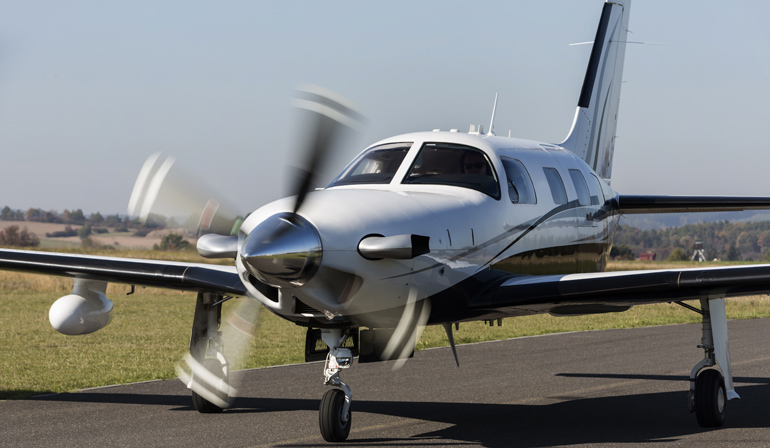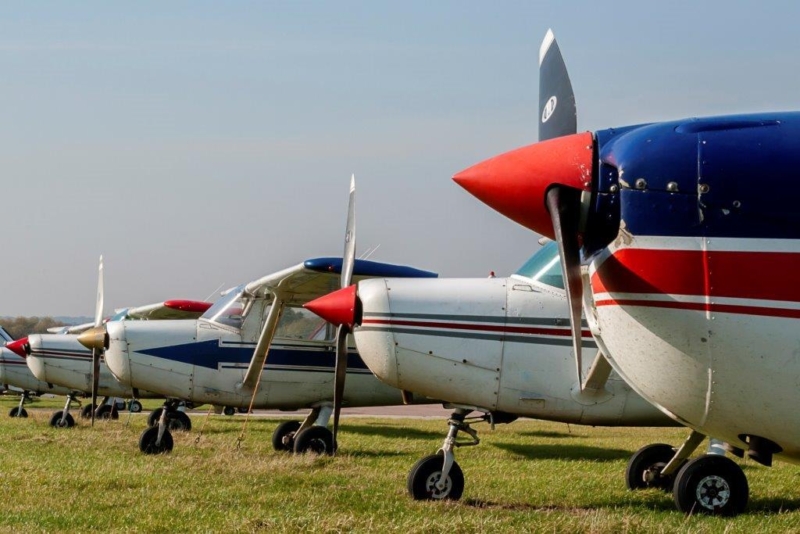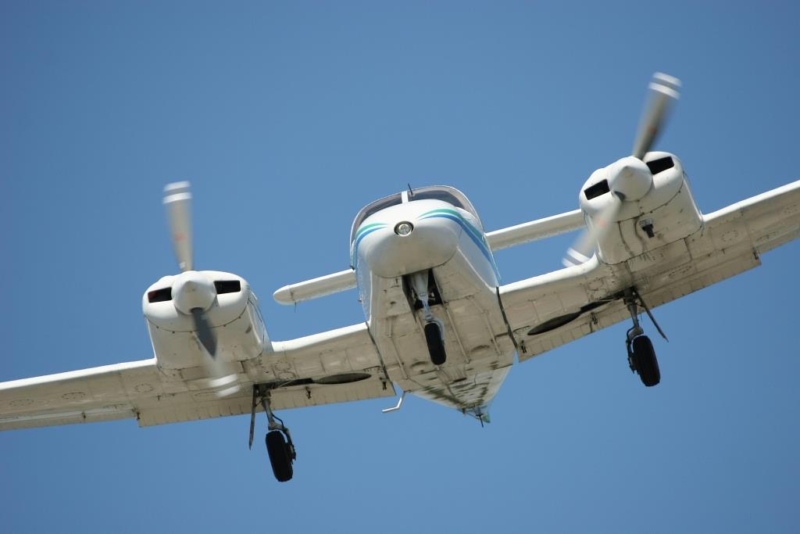The Trouble with Pre-Flight Planning
14 July 2017I haven’t met any aviators who don’t think Pre-Flight Planning is important, although I have met quite a few who have been caught out by not doing enough of it at some point in their flying life – including myself. It’s also quite clear from the accident statistics and occurrence reports that a bit more attention to pre-flight planning could have saved the day in some instances. This is particularly so in the case of Airspace Infringements.
Thorough planning can be time-consuming and the number of facets that have to be considered can appear daunting. I drew the chart below – which isn’t complete by the way – to illustrate the myriad factors that have to be considered before a flight. The aim of it was to suggest that a systematic approach to flight planning is helpful but anything that can help to simplify this complex task is a good thing.

For over forty years, I have used the mnemonic ‘MATED’ to ensure that all the main flight planning areas have been covered and it has served me well.
Met
Aircraft
aTc
Exercise
Duties
I use it as a self-brief by asking myself questions under the five headings to ensure that I have considered all the things I need to do for the flight. As a minimum, under Met, I check that I have the ‘big picture’ on forecast weather conditions for the duration and area of the flight, allowing for flight delays as well as any relevant TAFs and METARs.
Under Aircraft, I will check that there are sufficient hours available for the flight, the documentation is in order and the correct amount of fuel for the flight is in the tanks (the quantity will be physically checked during the pre-flight checks). I always confirm that the weight and balance is within limits and check the aircraft performance but I won’t necessarily do a calculation if I know the aircraft and that it is in a known (by me) configuration for the flight.
The aTc part of the acronym covers Airspace and Communications and includes NOTAMs, charts and PPR. I use the Exercise heading to cover the purpose of the flight and the proposed route. The last part provides an opportunity to confirm that all navigation requirements have been completed. Under Duties I take care of the passenger briefing or, if flying with another pilot, what assistance he or she might provide during the flight.
Whether you use MATED or something else, the important thing is to have a system that works for you and ensures that you don’t miss anything but at the same time is not so unwieldy that you are tempted to skip pre-flight planning or omit something vital. It’s only a short hop across the airfield….
I incorporate Threat and Error Management (TEM) in my pre-flight planning at every stage so when I’m considering the weather, I do my best to identify what conditions might pose a particular threat to me and how I will manage them. I apply TEM to route planning too. For example, if my route takes me close to controlled airspace what would happen if I became distracted and took my eye off the chart on my navigational display and in the process infringed airspace? Moving the leg a couple of miles further from the airspace boundary is easily done at the planning stage and could avoid costly and unwanted incidents.
Lastly, we have an adage in GASCo which is a very useful when it comes to pre-flight planning:
Remember this is the first time you have flown this flight!
Comments
Please respect our commenting policy and guidelines when posting on this website.




15.07.2017
11:20
Andy Torkington
As always, sound advice and comment from a very experienced pilot.